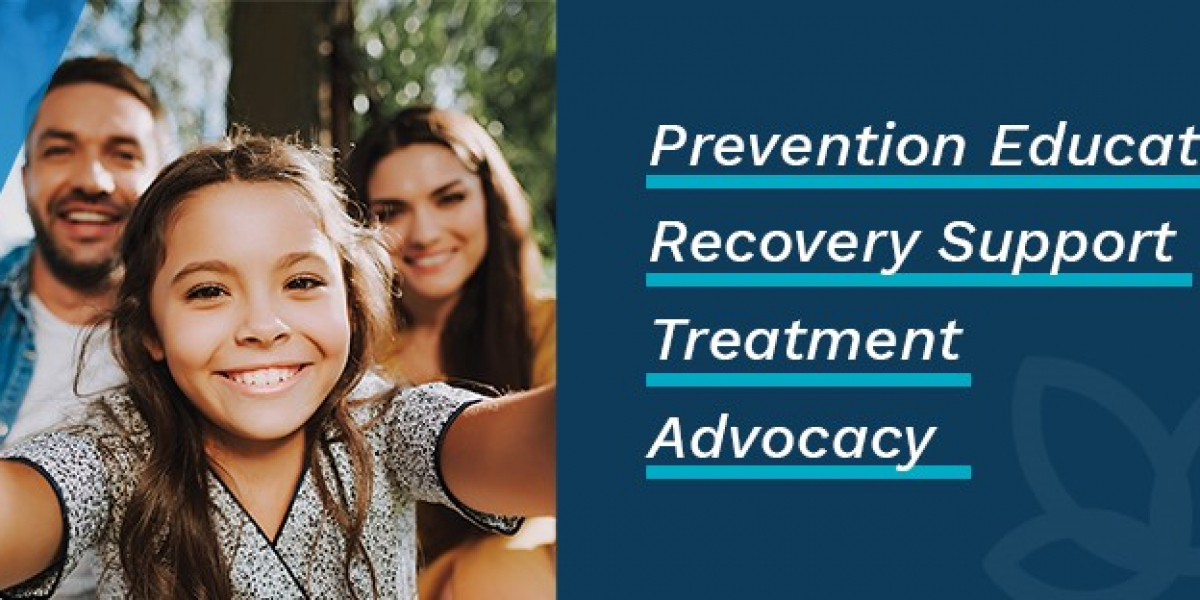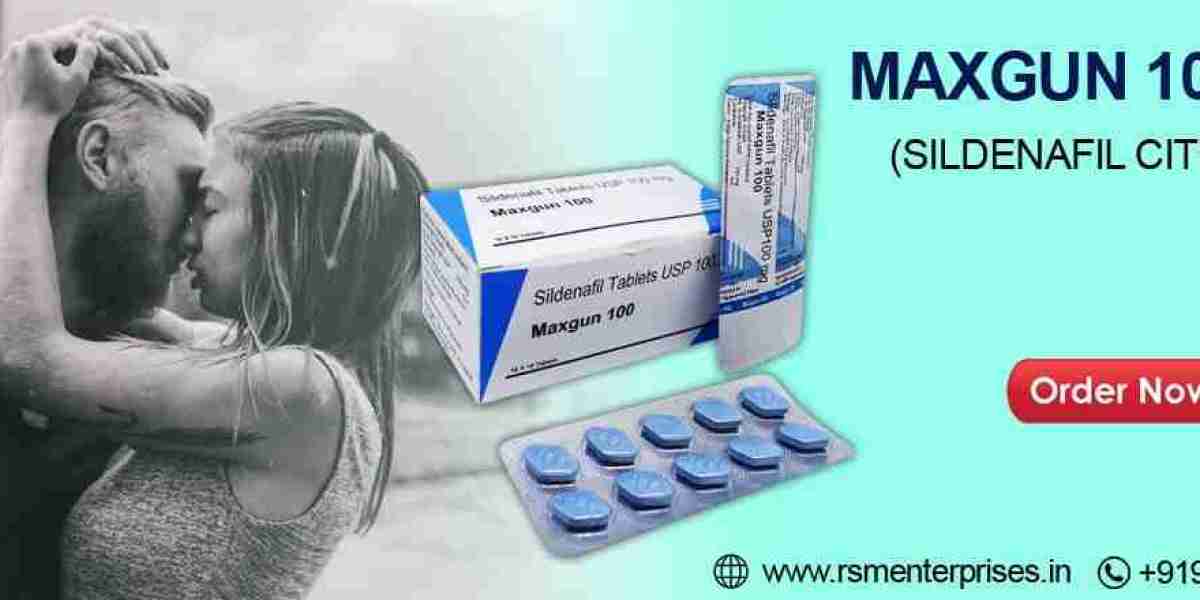Prescription drug abuse has become a significant public health crisis, affecting millions of individuals and their families across the globe. As the opioid epidemic highlights the dangers associated with prescription medications, healthcare providers are uniquely positioned to play a pivotal role in preventing misuse and ensuring the responsible use of these drugs. This article explores the various ways healthcare professionals can contribute to prescription drug abuse prevention, focusing on their responsibilities in education, monitoring, and patient care.
Understanding Prescription Drug Abuse
Prescription drug abuse occurs when individuals use medications in a manner not intended by the prescribing healthcare provider. This misuse can manifest in several ways, including taking higher doses than prescribed, using someone else’s medication, or using medications for non-medical purposes, such as recreational highs. Opioids, benzodiazepines, and stimulants are among the most commonly abused prescription drugs.
The consequences of prescription drug abuse are far-reaching, leading to addiction, overdose, and even death. As the medical community confronts this challenge, healthcare providers must take proactive measures to mitigate the risks associated with prescription medications.
The Critical Role of Healthcare Providers
- Responsible Prescribing Practices
One of the most direct ways healthcare providers can prevent prescription drug abuse is through responsible prescribing practices. This includes:
- Thorough Assessment: Before prescribing medication, providers should conduct comprehensive assessments of patients’ medical histories, including previous substance use, existing health conditions, and any potential risk factors for abuse.
- Evidence-Based Guidelines: Providers should follow established guidelines and protocols for prescribing controlled substances. For example, utilizing the lowest effective dose and considering alternative therapies can reduce the likelihood of dependency.
- Informed Consent: Engaging patients in informed discussions about the benefits and risks of their prescribed medications fosters a better understanding of their treatment. This includes discussing potential side effects, the importance of adherence to dosing instructions, and the risks of misuse.
- Education and Awareness
Healthcare providers play a crucial role in educating patients about prescription drug use and its potential risks. Effective education can empower patients to make informed decisions regarding their medications. Strategies include:
- Patient Education Materials: Providing brochures or educational resources about the dangers of prescription drug abuse can raise awareness. These materials should cover how to take medications safely, recognize signs of misuse, and understand addiction.
- Counseling Sessions: Incorporating brief counseling sessions into routine visits can help providers discuss the risks of drug misuse. Open discussions can normalize conversations about addiction and create an environment where patients feel comfortable seeking help.
- Community Outreach: Engaging in community outreach initiatives, such as health fairs and workshops, can extend education beyond the clinical setting. By participating in these events, healthcare providers can reach a broader audience and raise awareness about prescription drug abuse prevention.
- Monitoring and Early Intervention
Monitoring patients for signs of misuse or addiction is a vital aspect of prevention. Healthcare providers should implement strategies to identify at-risk patients early. These strategies may include:
- Prescription Drug Monitoring Programs (PDMPs): Many states have established PDMPs to track prescriptions of controlled substances. Healthcare providers can use these databases to identify potential misuse patterns, such as “doctor shopping” or obtaining prescriptions from multiple sources.
- Regular Follow-Ups: Scheduling regular follow-up appointments allows providers to monitor patients’ progress and assess their medication use. These appointments can also serve as an opportunity to discuss any concerns related to their treatment.
- Screening Tools: Utilizing screening tools and questionnaires can help identify patients at risk for substance abuse. Tools like the Drug Abuse Screening Test (DAST) or the CAGE questionnaire can assist providers in evaluating patients' substance use behaviors.
- Collaboration with Other Professionals
Preventing prescription drug abuse is a multidisciplinary effort that often requires collaboration among healthcare providers. This can involve:
- Interdisciplinary Teams: Working alongside mental health professionals, pharmacists, and social workers can create a comprehensive approach to patient care. Each professional brings unique expertise, allowing for better assessment and intervention.
- Referral Networks: Establishing referral networks to addiction specialists and treatment centers ensures patients have access to appropriate resources. Healthcare providers should not hesitate to refer patients who exhibit signs of substance use disorders.
- Communication with Pharmacists: Pharmacists are on the front lines of medication dispensing and can provide valuable insights into patients’ medication histories. Open communication between healthcare providers and pharmacists can enhance monitoring efforts and ensure patients receive the appropriate medications.
- Creating a Supportive Environment
Healthcare providers can foster a supportive environment that encourages patients to discuss their concerns and seek help. This includes:
- Building Trust: Establishing a trusting relationship with patients is crucial. Providers should approach conversations about substance use with empathy and understanding, avoiding stigma that may discourage patients from being honest about their medication use.
- Encouraging Open Dialogue: Creating an atmosphere where patients feel safe discussing their experiences with medications can facilitate early intervention. Providers should invite patients to share any worries they have regarding their medications or treatment plans.
- Supporting Recovery: For patients struggling with addiction, healthcare providers can play a crucial role in supporting their recovery journey. This includes offering resources for addiction treatment and emphasizing the importance of ongoing support.
Conclusion
Healthcare providers are essential players in the fight against prescription drug abuse. By implementing responsible prescribing practices, providing education, monitoring patient use, collaborating with other professionals, and fostering a supportive environment, they can significantly contribute to prescription drug abuse prevention. As the landscape of healthcare continues to evolve, the commitment of healthcare providers to prevent prescription drug misuse will remain critical in safeguarding the health and well-being of individuals and communities. Together, we can create a culture of responsible medication use and promote better health outcomes for all.









